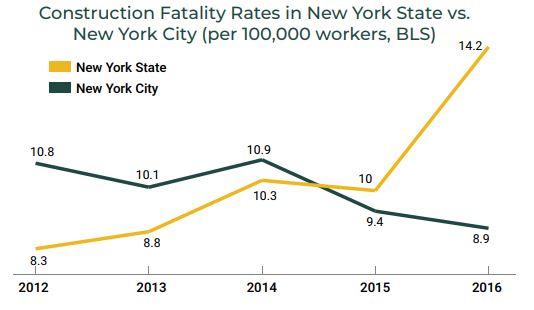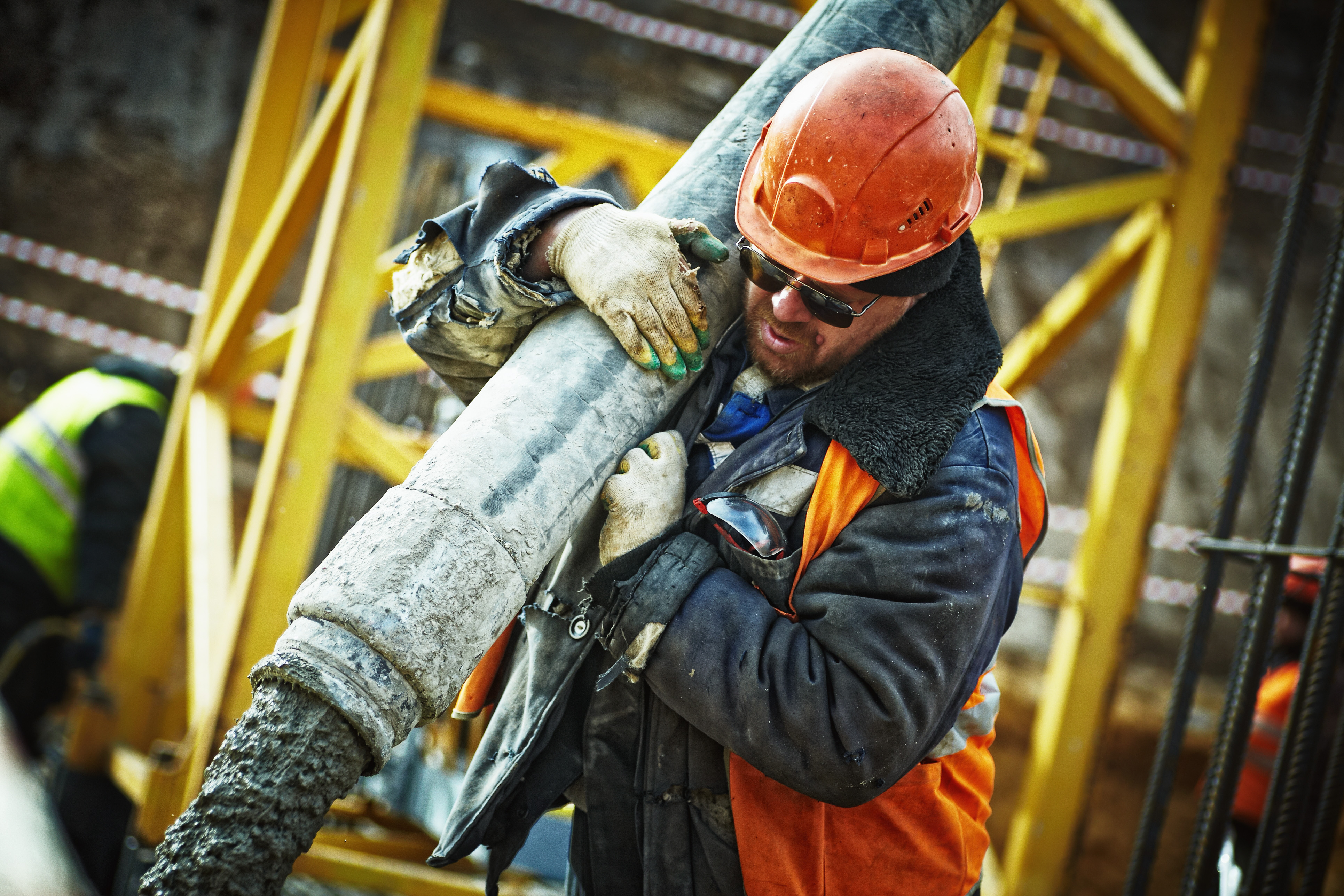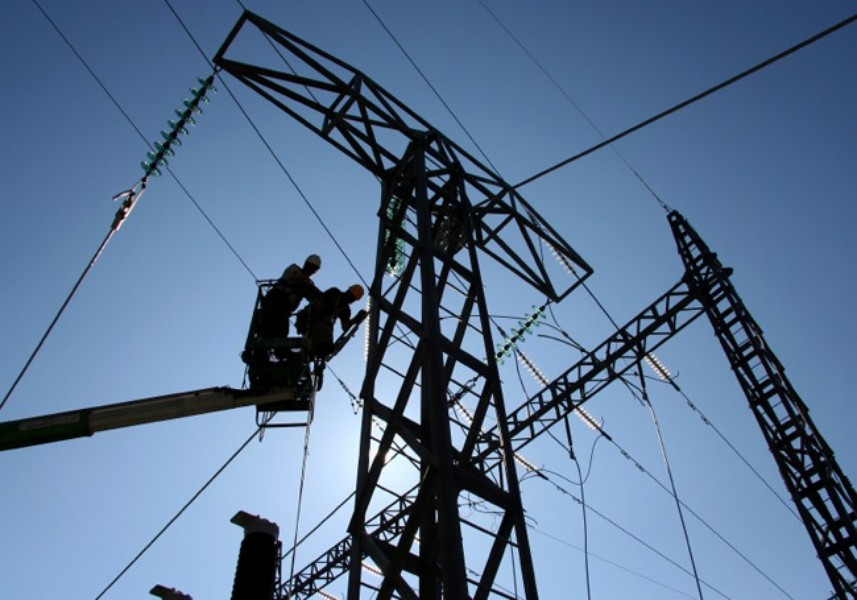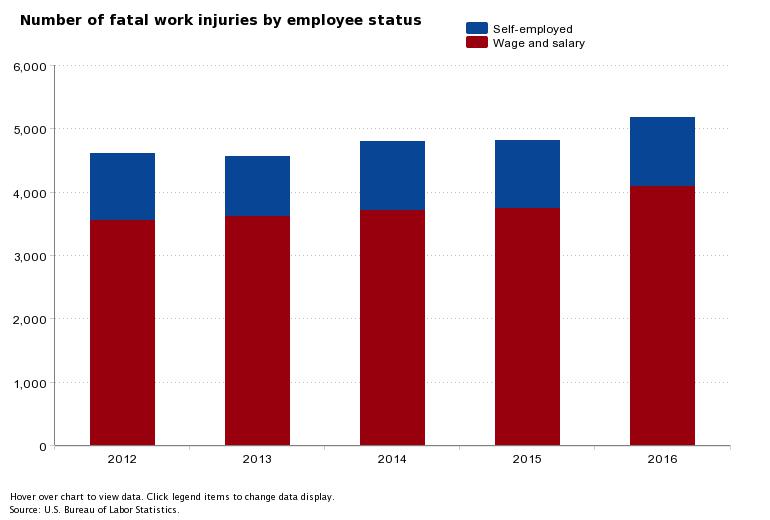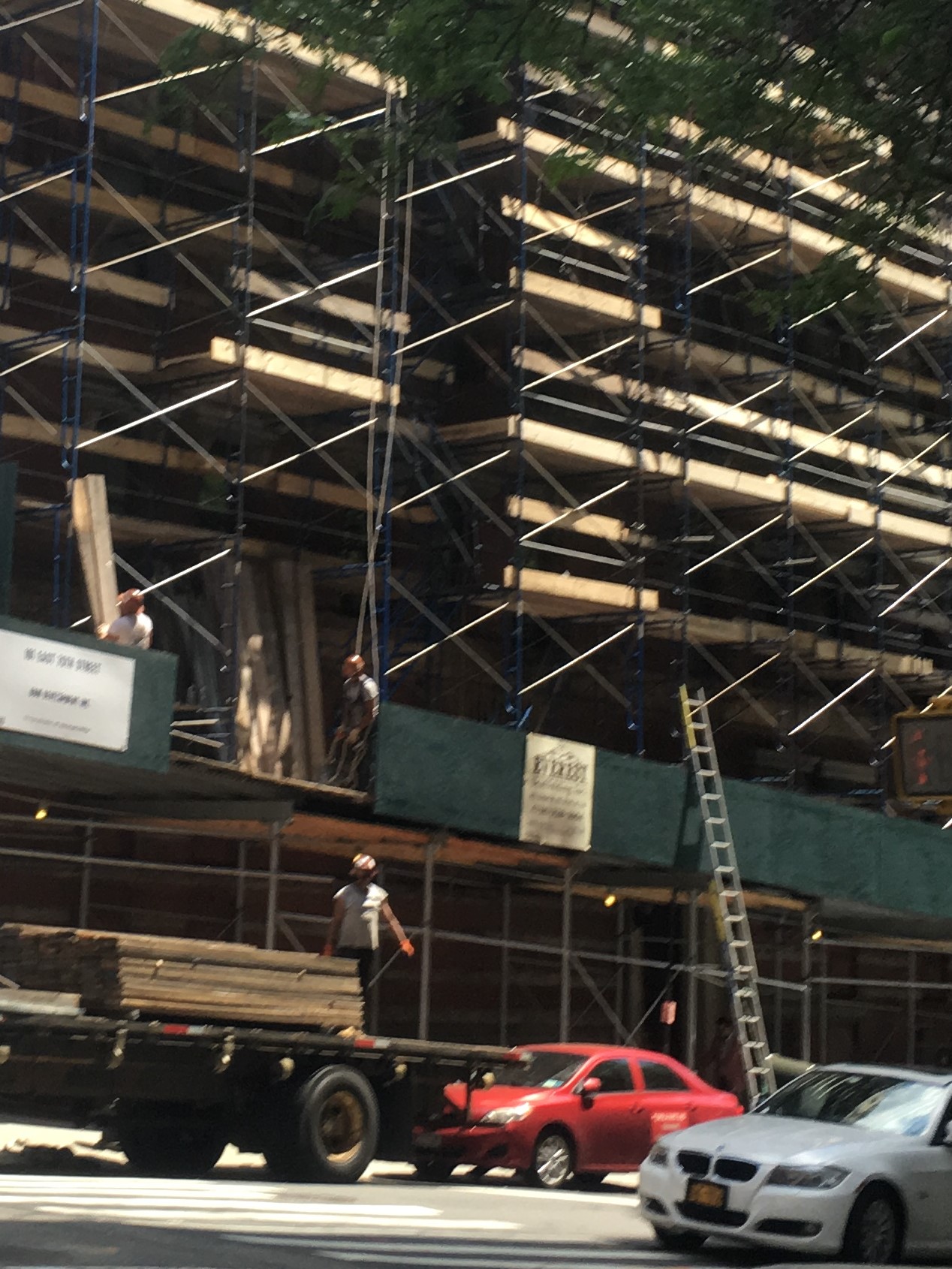More than half of deadly falls in the US could be avoided if construction workers had access to proper safety equipement
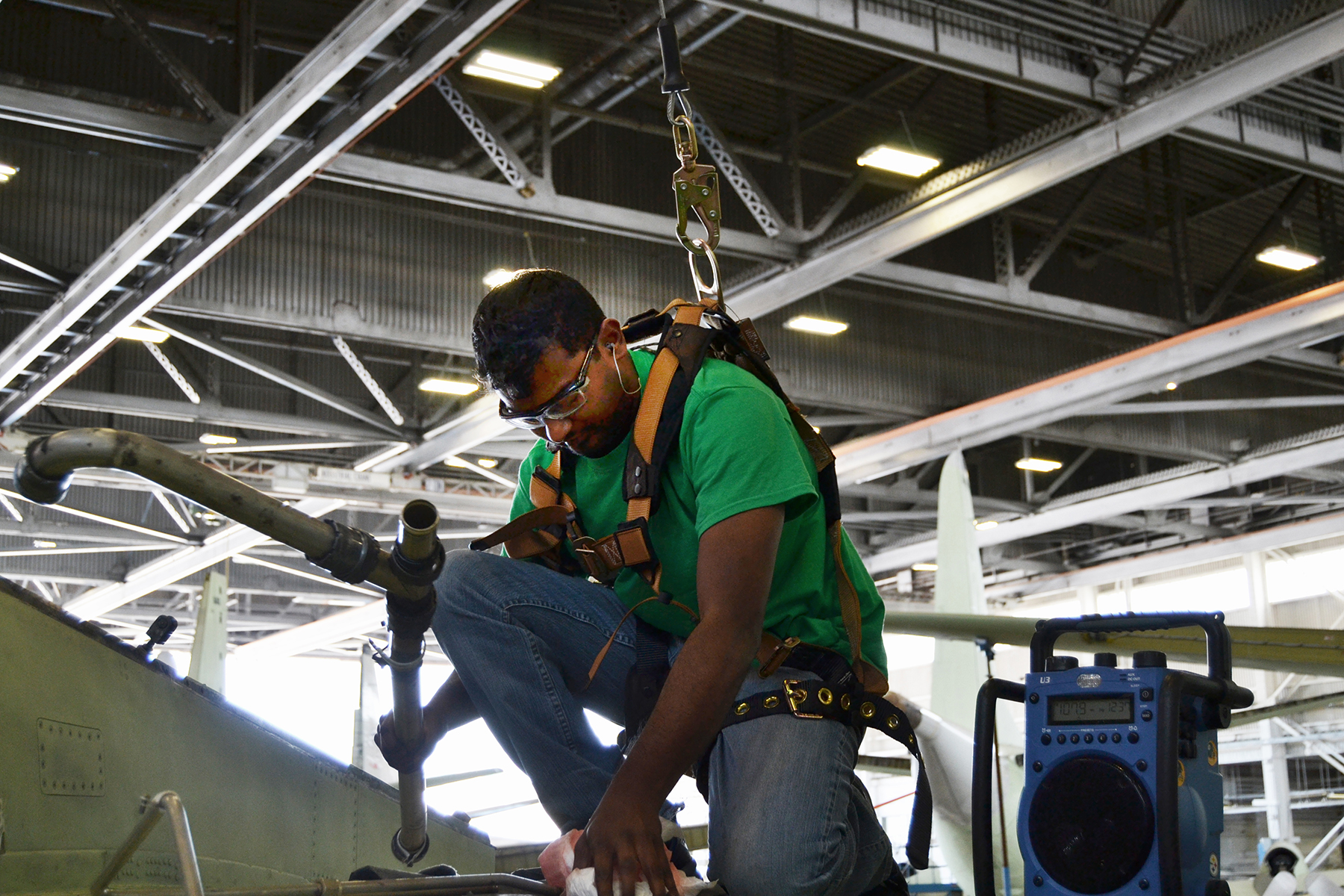 The Center for Construction Research and Training (CPWR) looked over 33 years of data from the NIOSH Fatality Assessment and Control Evaluation program and found out that falls were responsible for 42% of hard hat deaths. The CPWR searchers also found that 54% of the workers who died after falling did not have access to a personal fall arrest system and 23% had access to it but did not use it. The study also found that roofers, siding and sheet metal contractors were those who most often were not provided with a personal fall arrest system. These numbers clearly show the importance of holding contractors accountable for the safety of their employees when they work at high elevation.
The Center for Construction Research and Training (CPWR) looked over 33 years of data from the NIOSH Fatality Assessment and Control Evaluation program and found out that falls were responsible for 42% of hard hat deaths. The CPWR searchers also found that 54% of the workers who died after falling did not have access to a personal fall arrest system and 23% had access to it but did not use it. The study also found that roofers, siding and sheet metal contractors were those who most often were not provided with a personal fall arrest system. These numbers clearly show the importance of holding contractors accountable for the safety of their employees when they work at high elevation.
NY STATE SCAFFOLD LAW MUST BE KEPT
In New York, the Scaffold Safety Law (Section 240(1) of the NYS Labor Law) holds an owner and general contractor responsible for the death or the injuries of a worker if the worker wasn’t provided with the necessary safety equipment when working at height. Big construction companies and insurance companies have been trying to kill this law for years. However the Scaffold Law remains the most effective manner to make sure construction workers are protected from falls. This is particularly important in New York City where a lot of hard hats are participating in the construction of high rises buildings.
 New York Personal Injury Attorneys Blog
New York Personal Injury Attorneys Blog


